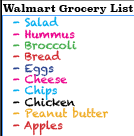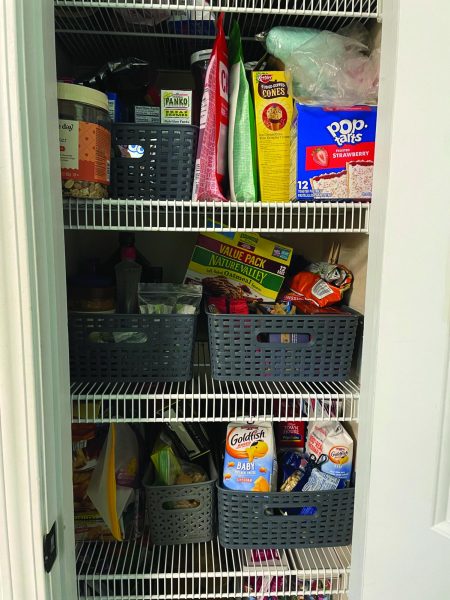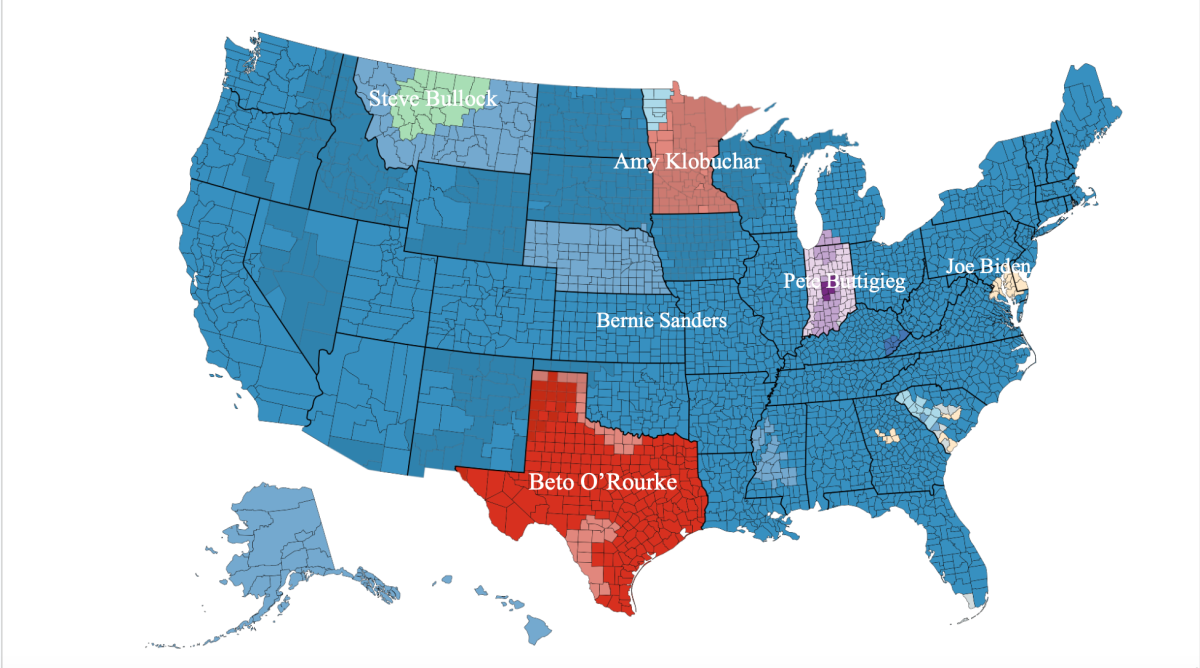
Growing up, every few weeks my mom would tell me to write down what I wanted from the grocery store. Each time she asked, I would roll my eyes in annoyance and tell her what I wanted instead of writing it down.
This led to me never getting the right Doritos.
I never understood my mom’s obsession with her personalized grocery lists until I moved into my own apartment. Adulting is realizing how frustrating it is to open your refrigerator in the morning only to see rotting fruits and vegetables which were purchased exactly a week ago from your local grocery store.
The average cost of groceries for a regular individual is $356. However, the average cost of groceries for a college student is $250. More specifically, Ohio college students spend about an average of $235 each month on groceries. For college students on a budget, periodically making a grocery list before going grocery shopping each month helps keep the cost of groceries low and attainable.
Making a grocery list starts by determining what meals you want to eat throughout the month. Spaghetti and meatballs, rice with broccoli and smoked sausage, Caesar salad with a spicy chicken patty and my personal favorite—boxed macaroni and cheese.
When making a grocery list, it’s important to remember to buy fresh foods and “fast foods.” My definition of “fast foods” from the grocery store includes ramen noodles, chicken nuggets and frozen pizza. These are the foods eaten before class and study sessions when time is scarce.
So far, this make-believe grocery list comprises of foods to make healthy meals like salads and power bowls while also including fun foods that are quick to make and easily transported from one place to another.
Next addition to the grocery list is snacks.
This includes chips, crackers, popcorn, fruits, vegetables and of course, a sweet treat. Broccoli and carrots last longer than asparagus and spinach, so buying broccoli to eat with pasta is more cost effective than buying spinach to add to salads. Frozen fruit lasts longer than fresh fruit, so it’s better to buy frozen fruits to blend into smoothies instead of fresh fruit to make fruit bowls. However, apples last for weeks and are easy to eat on the go.
Chips and crackers stay fresh for months on end unlike fruits and vegetables, so eating from the fridge first ensures less food waste and money loss. Instead of eating hummus with chips, eat hummus with carrots first. Once the carrots are gone, move on to the chips.

Grocery lists are not only for organization purposes, but they also help in figuring out what foods are worth the money. Some foods go bad before their packaging is even opened, making them a waste of money and time. Making a grocery list enables people to think about what they want to buy before actually buying it.
The grocery store is stressful and overcrowded. Without a list, the store can become overwhelming and distracting, conning shoppers into buying things they don’t need and exiting the store without the one food item they came into the store for.
My mom grilled into me the importance of a grocery list when I moved out of my college dorm and started buying my own food. She taught me the ins and outs of grocery shopping and now each monthly grocery store trip I leave only spending around $100.
Wasting money at the grocery store is collectively frustrating among college students, but spending ten minutes to make a list before going into Walmart will completely change the way you spend money on food.
Chloe Robertson is an opinion writer.
Contact her at [email protected]






